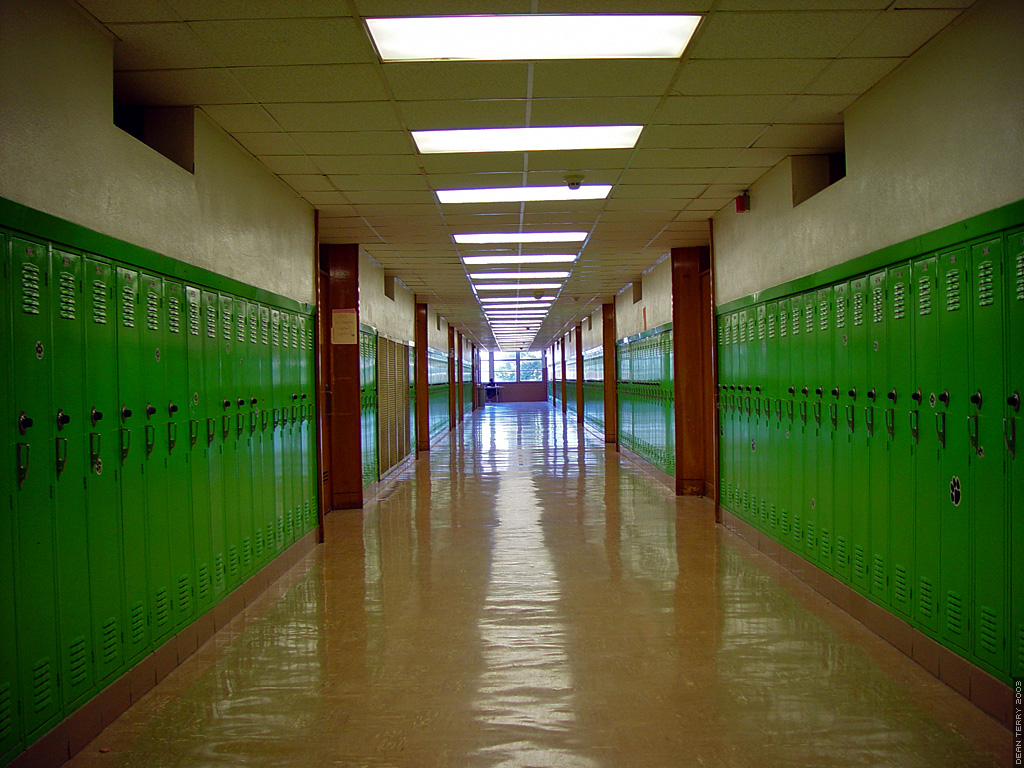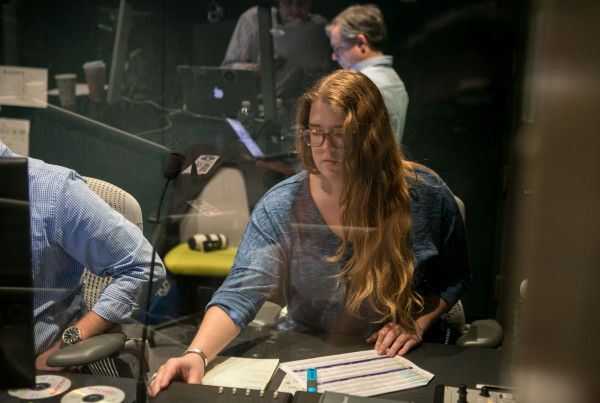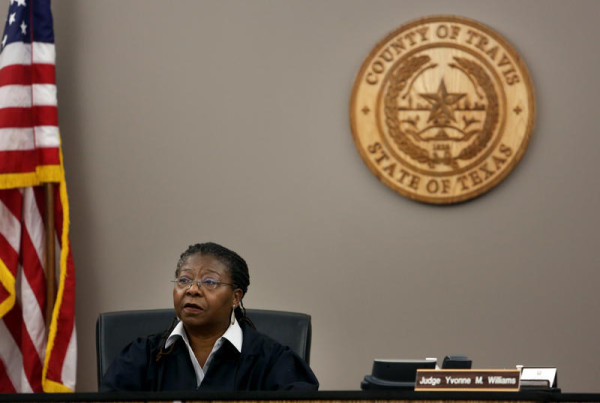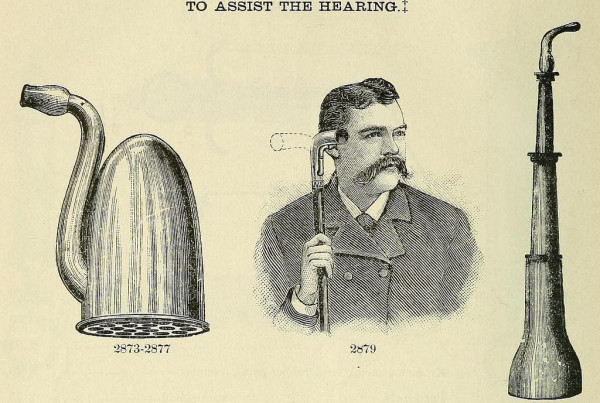This story originally appeared on Houston Public Media.
Imagine the year 2050.
Texas has twice population with 55 million people.
It’s even more diverse: Half the state is Hispanic.
More people — one in five — live in poverty, though. And consumers are spending on average $4,000 less on goods and services.
This is all according to the modern and more scientific version of a fortune teller.
“What I see for the future depends upon what we do,” said Steve Murdock, the state’s former demographer and former director of the U.S. Census director. He now directs theHobby Center for the Study of Texas at Rice University.
Instead of a crystal ball, Murdock uses PowerPoint slides, demographic trends and socio-economic data to forecast the future.
Murdock said the current education funding could be a drag on the state’s future economy.
That’s why education is going to determine how well Texas does.
“So if we were successful in providing the educational skills that they needed, we could be at a competitive advantage relative to less diverse states relative to the country as a whole,” Murdock said.
But he said there’s another scenario: “Or we can fail to do that and be a poorer and less competitive Texas.”
Murdock said that’s exactly where Texas is headed now.
But he said that things could change.
In fact, one aspiring educator wants to make significant change.
In Spring Branch, on the west side of Houston, Emily Rodriguez, 22, recently gave a social studies lesson to fifth graders.
“Good morning, guys! OK, today I’m going to teach you about the industrial revolution,” she announced.
Rodriguez, who is a senior at the University of Houston and still student teaching, said she sees the state’s future from a personal point of view.
She’s bilingual, attended public schools in Cy-Fair and grew up in an immigrant family. Her parents are from Mexico.
Many of her students have similar stories.
Rodriguez said she wants to help them reach college, like she did.
By the year 2050, she’ll be almost 60 years old.
By then, she wants to have contributed to improving Texas schools, especially for bilingual children.
“How students can be helped more, how we can stop doing the sink-or-swim programs, because I’m really against those sink or swim programs, how to help them foster more their education,” Rodriguez said.
In the classroom, Rodriguez said many of her bilingual students need a lot of support. For example, some students barely know English and she has to explain terms in Spanish.
But even in a rich district like this one in Spring Branch, the state’s funding system doesn’t fully support these students.
For every bilingual student, Texas funds an extra 10 percent on top of the basic budget.
That hasn’t been updated since 1984.
Research shows that add-on money should be 40 percent.
“And so if the state not providing those special needs students the resources that are needed, districts are hurting and students are hurting,” said Albert Cortez, director of policy at the research and advocacy group IDRA.
“And again, it isn’t one particular sector of the state. It’s all of us that are going to be paying the price,” Cortez said.
Across Texas, from Amarillo to McAllen, schools are enrolling more and more students like these.
English language learners count for 17 percent of the students in Texas public schools, or more than 800,000 students.
Students from low-income families make up another large group: 60 percent, or three in every five students.
What’s more, enrollment of economically disadvantaged students has grown at twice the rate of the overall student population, according to data from the Texas Education Agency.
As their numbers continue to grow, these two groups of students present certain challenges.
Texas schools will continue to struggle to pay for their education because of their outdated funding formula.
The situation led state Judge John Dietz to rule the finance system unconstitutional in 2014.
Dietz recently reflected on that decisionbefore hundreds of teachers gathered in Austin.
He gave this prediction about the future of Texas.
“We are dooming a generation of these children by providing an insufficient education. And we can do better. It’s in our best interest to do better,” Dietz said.
Dietz said that it’s up to lawmakers to make the future brighter.
*Source for above data: Hobby Center for the Study of Texas, Rice University
Note: The projections assume the 2000-2010 rates of net migration to Texas and race-specific socioeconomic rates for households.
Support for this series was provided by “The Equity Reporting Project: Restoring the Promise of Education,” which was developed by Renaissance Journalism with funding from the Ford Foundation.















